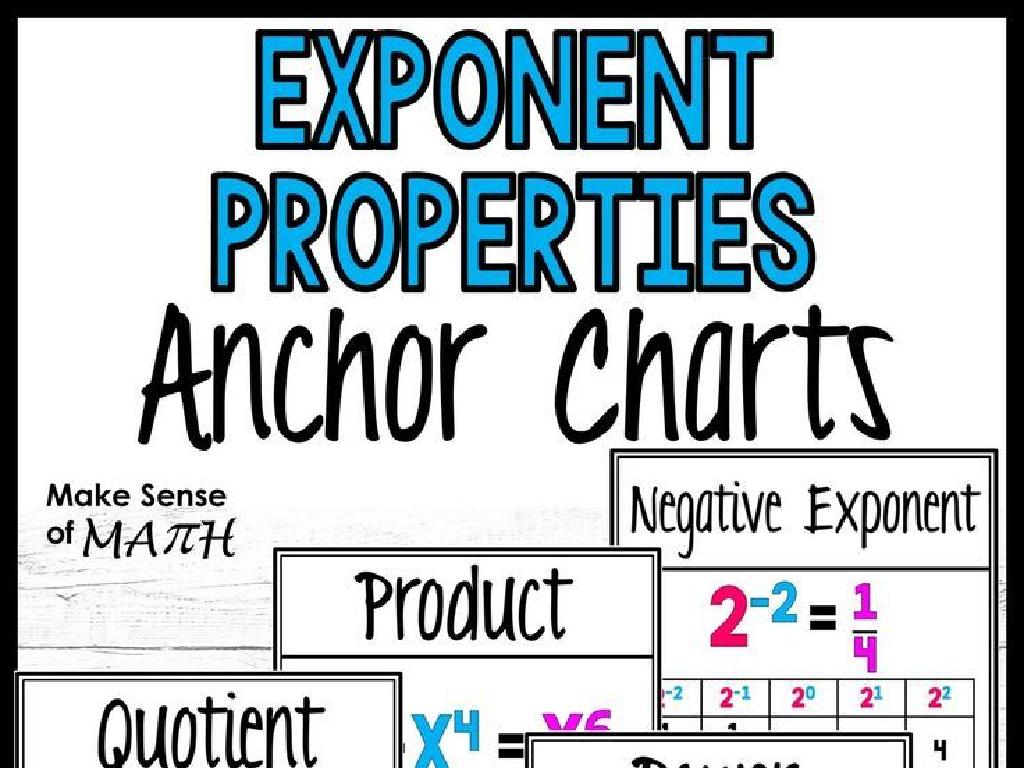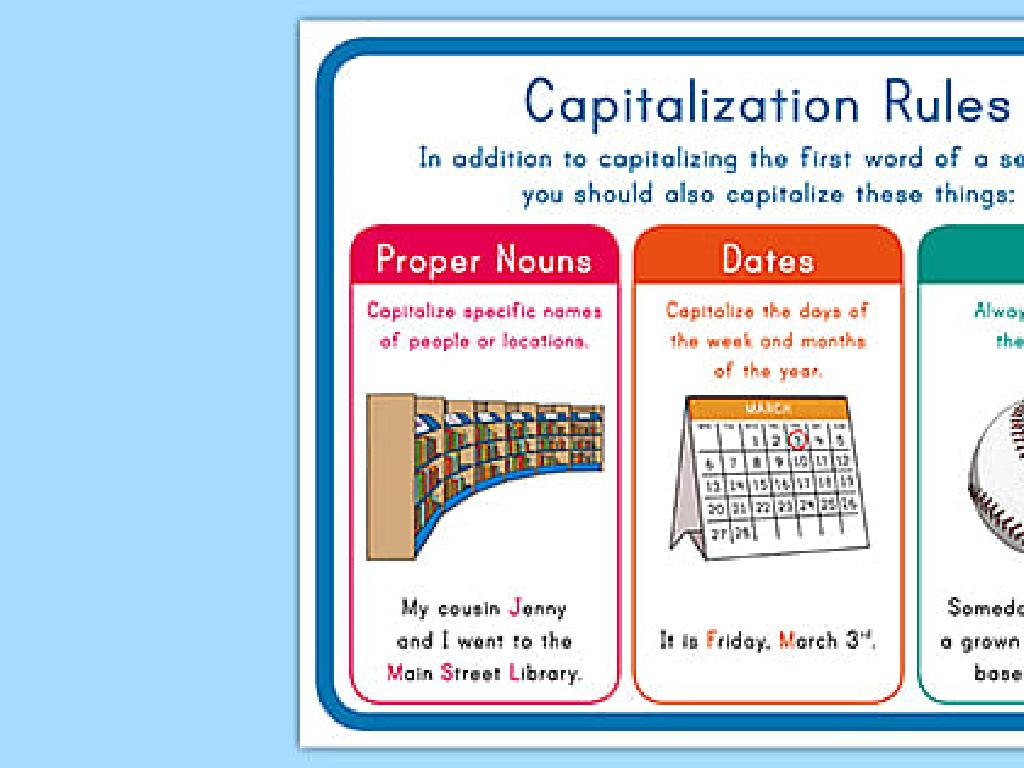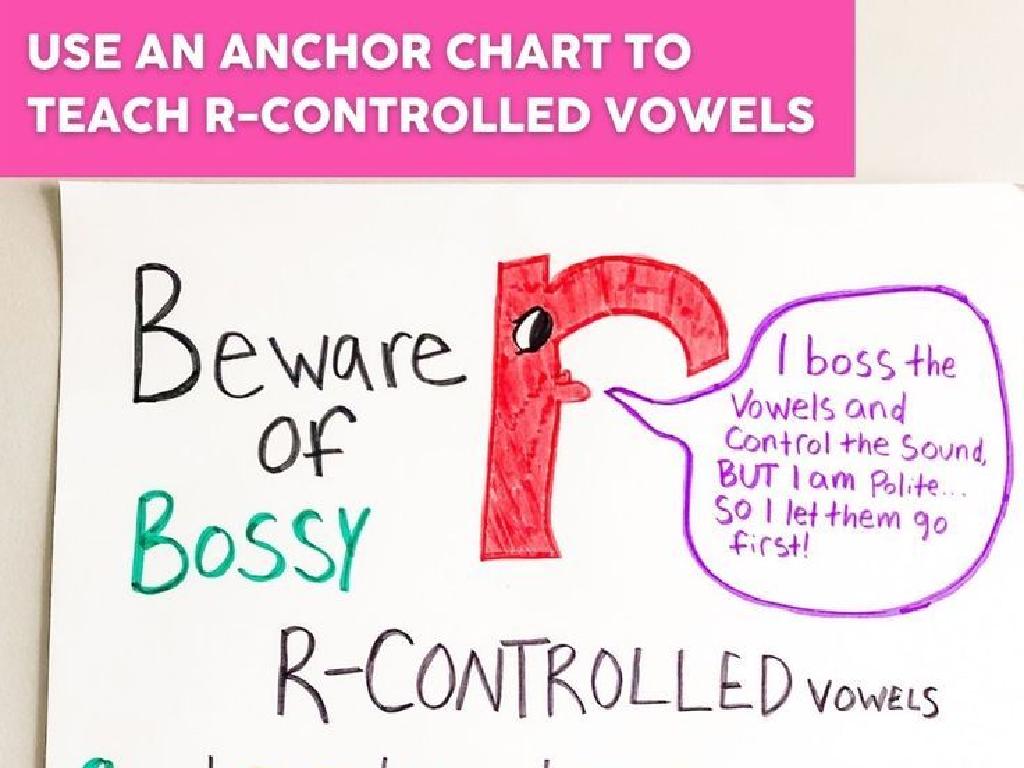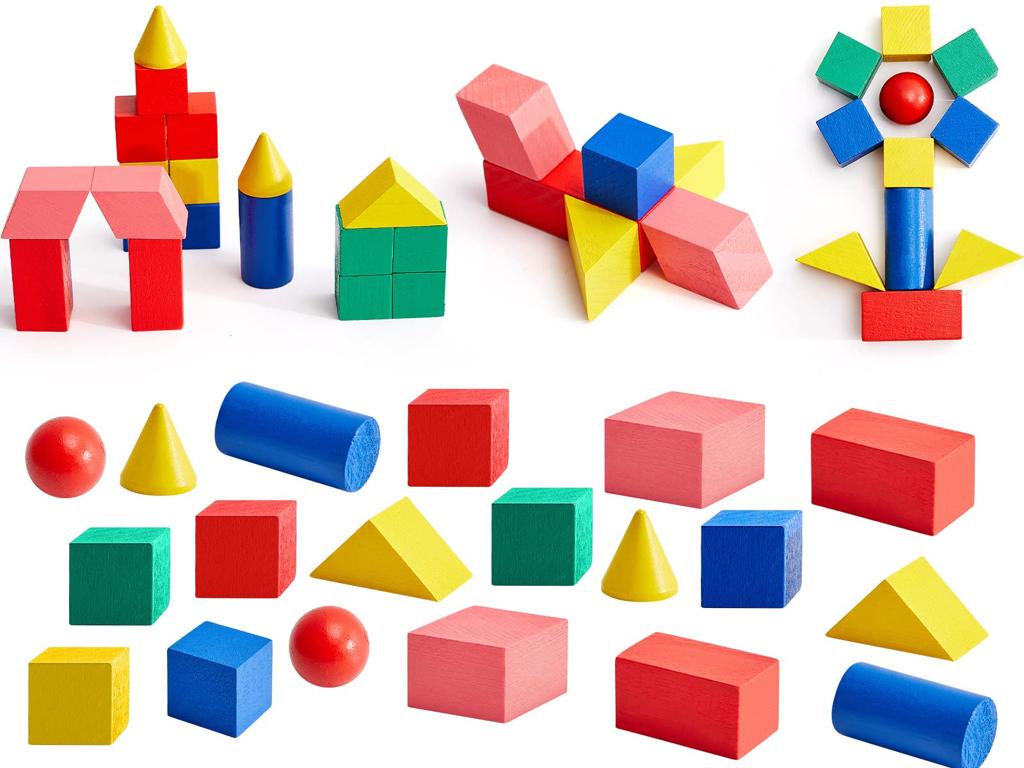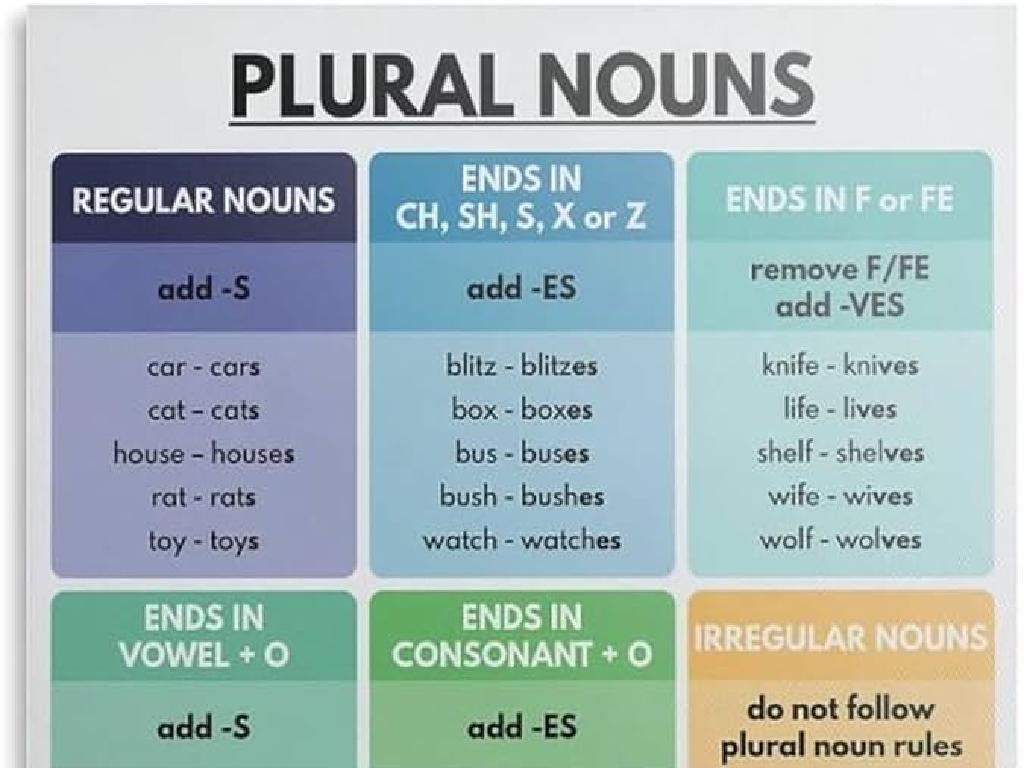Solve Proportions
Subject: Math
Grade: Eighth grade
Topic: Proportions
Please LOG IN to download the presentation. Access is available to registered users only.
View More Content
Welcome to Proportions!
– Understanding proportions: the basics
– A proportion is an equation stating two ratios are equal, e.g., 1/2 = 2/4
– Proportions in the real world
– Used in cooking, map reading, and more
– Today’s goal: solving proportions
– Learn methods to find unknown values in proportions
– Practice problems and strategies
|
This slide introduces the concept of proportions, which are equations that show two ratios are equivalent. Start by explaining the fundamental idea of a proportion with simple examples, such as comparing fractions. Highlight the importance of proportions in everyday life, such as adjusting a recipe or determining scale in maps. The main objective of today’s lesson is to equip students with the skills to solve proportions. This involves finding an unknown variable in a proportion equation. Provide students with a variety of practice problems and go over different strategies, such as cross-multiplication, to solve them. Encourage students to think of proportions as a tool for making fair comparisons and predictions.
Understanding Proportions
– Define a proportion
– An equation stating two ratios are equal, e.g., a/b = c/d
– Simple proportion example
– For instance, 1/2 is equal to 2/4
– Proportions in daily life
– Used in cooking, scaling maps, and building models
– Solving proportions
|
Begin by explaining the concept of a proportion as a statement that two ratios are equivalent. Use the simple example of 1/2 = 2/4 to illustrate this concept. Then, connect the idea to real-world applications such as following a recipe, where proportions determine ingredient amounts, or understanding map scales and model building, where proportions are used to create accurate representations. Finally, discuss the methods for solving proportions, such as cross-multiplication, and emphasize the importance of understanding proportions in various academic and everyday contexts. Encourage students to think of other examples where they encounter proportions in their lives.
Identifying Proportions
– Recognizing proportional ratios
– Two ratios are proportional if their cross products are equal.
– Cross-multiplication method
– Multiply across the equal sign to compare the products.
– Practice: Is 3/4 = 6/8 proportional?
– Calculate 3*8 and 4*6 to see if they are equal.
|
This slide introduces students to the concept of identifying proportions by comparing two ratios. Emphasize that if the cross products of the ratios are equal, then the ratios form a proportion. Demonstrate the cross-multiplication method, which involves multiplying the numerator of one ratio by the denominator of the other ratio across the equal sign. Use the practice problem to apply this method: show that 3/4 is equal to 6/8 by cross-multiplying to find that both products are 24, confirming they are proportional. Encourage students to solve similar problems and understand that this method can be used to verify or disprove the equality of two ratios.
Solving Proportions: Finding the Missing Number
– Understand the proportion concept
– Steps to solve proportions
– Set up the proportion, then cross-multiply and divide
– Solve for x: 4/x = 8/16
– What number makes 4/x equal to 8/16?
– Cross-multiply to find x
– Multiply 4 by 16 and 8 by x, then solve for x
|
This slide introduces the method for solving proportions, which is a fundamental skill in algebra. Start by ensuring students understand what a proportion is: an equation that states two ratios are equal. Then, outline the steps to solve a proportion: set up the proportion, cross-multiply, and solve for the unknown. Use the example 4/x = 8/16 to demonstrate the process. Cross-multiplication will give us 4*16 = 8*x. Simplifying, we get 64 = 8x, and dividing both sides by 8, we find x = 8. Encourage students to practice with additional examples and ensure they understand each step before moving on.
Solving Real-World Problems with Proportions
– Apply proportions to real-life
– Example: Pencil cost dilemma
– If 5 pencils are $3, find the cost for 15.
– Set up the proportion
– Use the ratio 5 pencils/$3 = 15 pencils/x.
– Solve for the unknown
– Cross-multiply and divide to find x.
|
This slide aims to demonstrate the practical application of proportions in everyday situations. Start by explaining how proportions compare two ratios and are used to solve problems. Use the pencil cost example to show how to translate a word problem into a proportion. Set up the proportion based on the given information, ensuring students understand the concept of equivalent ratios. Then, guide them through solving for the unknown variable by cross-multiplying and dividing. Encourage students to practice with additional problems and to come up with similar scenarios where they can apply proportions.
Practice Time: Solving Proportions
– Work through proportion problems
– Practice Problem 1: 7/x = 14/20
– Find x by cross-multiplying: x = (7*20)/14
– Practice Problem 2: Car travel distance
– Set up a proportion: (60 miles / 1.5 hours) = (x miles / 4 hours)
– Apply proportion principles
– Use proportions to solve real-world problems
|
This slide is designed for a hands-on practice session on solving proportions. Start by explaining the steps to solve a proportion: identify the two ratios, set them equal to each other, and cross-multiply to find the unknown variable. For Practice Problem 1, guide students through cross-multiplication and simplifying the equation to find x. For Practice Problem 2, help students set up a proportion based on the given information and solve for the unknown distance. Emphasize the practical application of proportions in real-life scenarios, such as calculating travel distances. Encourage students to work through these problems individually or in groups, and be ready to assist anyone who needs help. Provide additional problems if time allows, to reinforce the concept.
Class Activity: Proportion Scavenger Hunt
– Find real-life proportions
– Look for examples in the classroom or school, like scales on a map or ingredients in a recipe.
– Work in pairs on problems
– Collaborate to understand and solve proportions.
– Create your own proportions
– Use the examples you found to make up proportion problems.
– Present findings to class
– Share your problems and how you solved them with the class.
|
This interactive activity encourages students to apply their knowledge of proportions to the real world. Have them work in pairs to foster collaboration. They should look for everyday examples of proportions, such as mixtures in science class, aspect ratios in art, or ratios in cooking recipes. Once they find an example, they should create a math problem based on that proportion for their classmates to solve. This will help them understand the concept of proportions more deeply. For the presentation, encourage creativity and clear explanations to ensure that everyone can follow along. Possible variations of the activity could include finding proportions in sports statistics, music, or even within the human body.
Wrapping Up: Proportions & Homework
– Recap solving proportions
– Significance of proportions
– Proportions are vital in math and real-life problems.
– Homework: Proportions worksheet
– Complete the provided worksheet to practice solving proportions.
– Apply knowledge practically
– Use proportions in recipes, crafting, and more.
|
As we conclude today’s lesson, it’s important to review the key concepts of solving proportions. Emphasize the importance of understanding proportions, as they are not only a fundamental aspect of mathematics but also applicable in various real-life situations such as cooking, construction, and science. For homework, students are expected to complete a worksheet that includes a variety of proportion problems. This will reinforce their learning and ensure they are comfortable with the methods taught. Encourage students to think of ways they can apply proportions in their daily activities to deepen their understanding.

